Your Guide to a Thriving Philodendron ‘Brasil’ (The Real-Deal Tips)
If you’ve ever walked into a plant shop, you’ve probably seen the Philodendron ‘Brasil’. It’s that gorgeous trailing plant with heart-shaped leaves that look like they’ve been hand-painted with strokes of lime green and yellow. And let me tell you, there’s a reason it’s so popular. This isn’t just a pretty face; it’s one of the most reliable and forgiving houseplants you can own.
In this article
I’ve seen this plant thrive in just about every setting imaginable, from bright offices to cozy living rooms. But I’ve also seen the common mistakes that hold it back. This guide is all about sharing what actually works, based on years of hands-on experience. We’re going to skip the fluff and get right into the practical stuff that will help you grow a stunning ‘Brasil’ that just keeps on giving.
First, Let’s Understand the ‘Brasil’
Knowing a little bit about why a plant needs certain things can turn you from a nervous plant owner into a confident one. It’s all about making care feel intuitive, not like a chore.
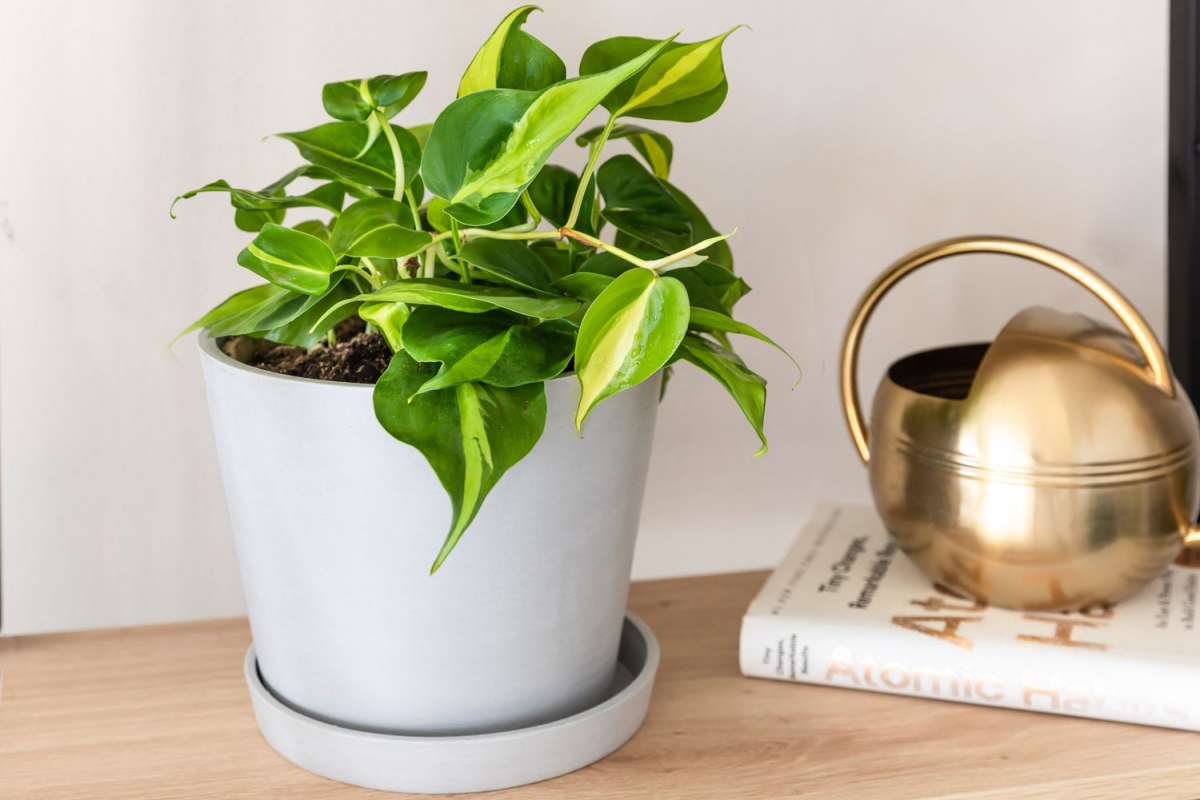
That beautiful variegation? It’s the key to understanding its light needs. Think of it this way: the dark green parts of the leaf are the powerhouses, full of chlorophyll and making energy. The lighter yellow and lime green parts are the decoration—they look amazing but don’t really contribute to the plant’s energy production. This means the green sections have to work overtime to support the whole leaf.
So, when you put it in scorching direct sun, those delicate variegated bits get fried. But if you stick it in a dark corner, the plant gets desperate for energy and starts producing more green, causing that beautiful coloring to fade away. It’s just trying to survive! The sweet spot is bright, indirect light, where there’s enough energy for everyone.
And what about its roots? In its natural habitat, this type of plant is a climber, an epiphyte that grows up trees. Its roots are used to grabbing onto bark, with tons of air circulating around them. They are NOT designed to sit in a bog of dense, wet soil. Honestly, the number one way people accidentally kill this plant is by overwatering. Root rot is its kryptonite.
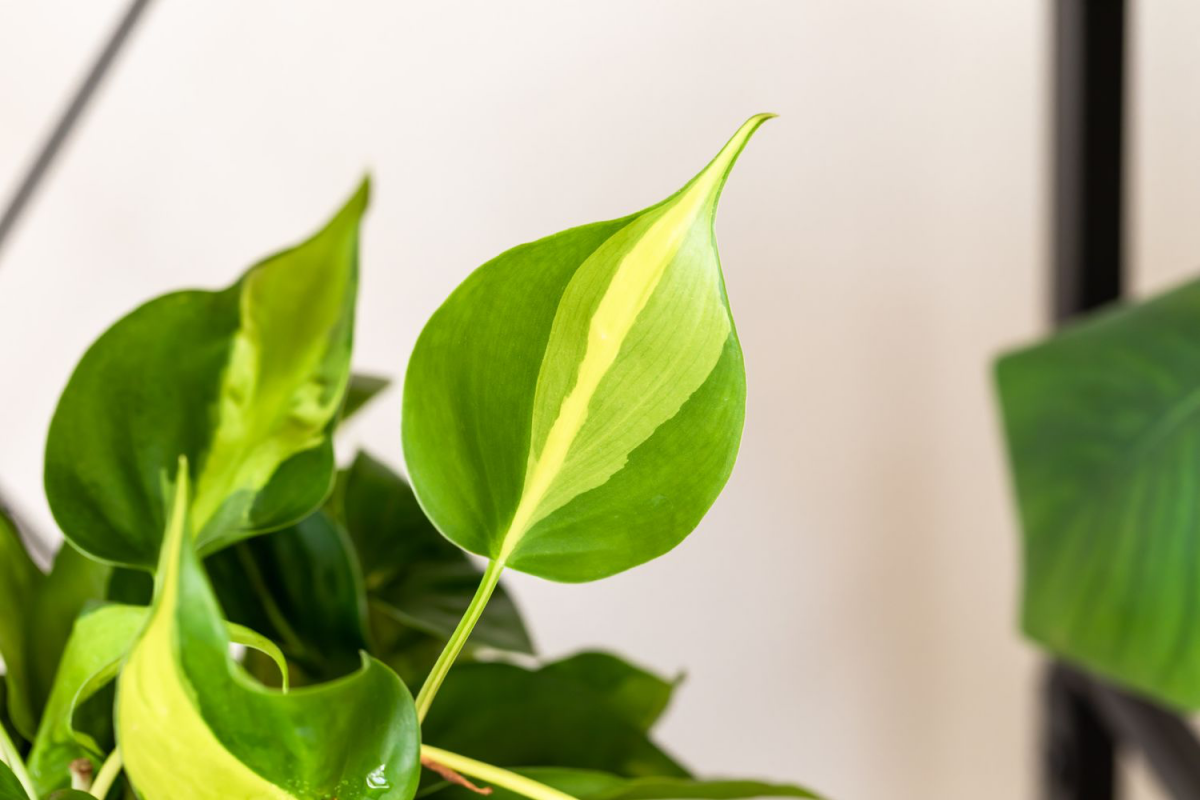
Setting Up for Success: Soil and Supplies
Before you even bring your plant home, let’s talk about creating the perfect foundation. Most bagged, all-purpose potting soils are way too dense for this plant. They hold onto water for dear life, which is exactly what we want to avoid.
A much better approach is to mix your own. It sounds intimidating, but it’s super easy and makes a world of difference. Here’s a quick shopping list to get you started:
- A healthy Philodendron ‘Brasil’ (look for one with vibrant color, no brown spots)
- A pot with at least one good drainage hole
- High-quality potting mix or coco coir
- Orchid bark
- Perlite
- (Optional but great) Horticultural charcoal
You can find a beautiful 4-inch plant at most local nurseries or even big box stores like Home Depot for around $15 to $25. The soil ingredients might set you back another $20 to $30 in total, but you’ll have enough to repot for years to come.
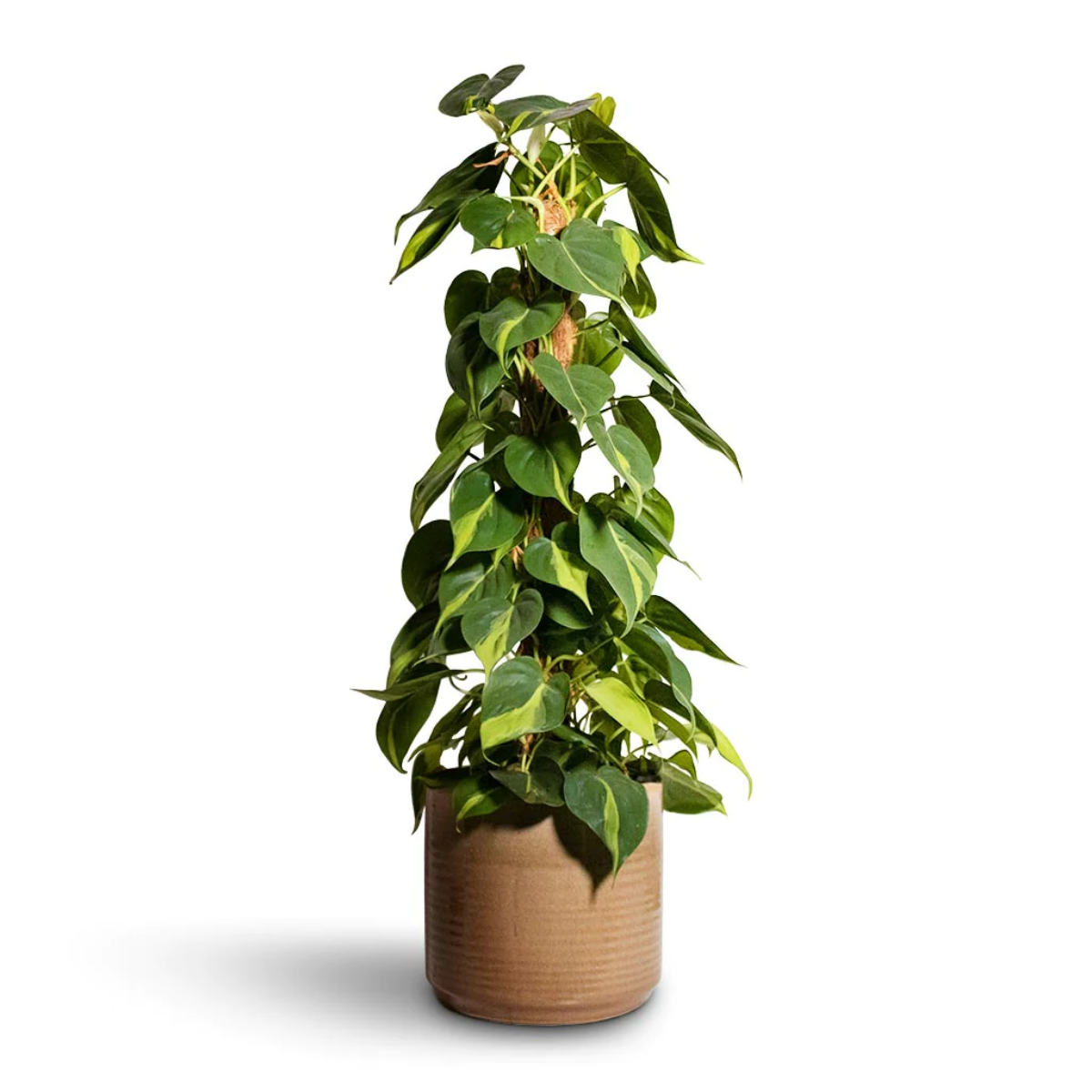
A Beginner-Friendly Soil Recipe (for one 6-inch pot):
To make it super simple, just grab a measuring cup. Mix these together in a bowl:
- 2 cups of your potting mix/coco coir (the base)
- 2 cups of orchid bark (for chunky air pockets)
- 1 cup of perlite (to keep it light and fluffy)
- A tablespoon of horticultural charcoal (to keep things fresh)
The final mix should feel light, airy, and chunky. This is the secret to happy roots.
Your ‘Brasil’ Care Routine
Once you’re set up, the day-to-day care is pretty straightforward.
Light: An east-facing window that gets gentle morning light is perfect. A spot a few feet away from a brighter south or west-facing window also works great. If you see the yellow variegation looking bleached, it’s too much sun. If the colors are fading and the stems look long and spindly between leaves, it’s begging for more light.
Watering: Forget watering on a schedule! The best method is to “soak and dry.” Every few days, stick your finger about two inches into the soil. If it feels dry, it’s time to water. If you feel any moisture, wait a few more days. When you do water, take it to the sink and drench the soil until water runs freely out the bottom. This ensures all the roots get a drink. Then—and this is critical—empty the saucer completely. Never let your plant sit in a puddle of water.
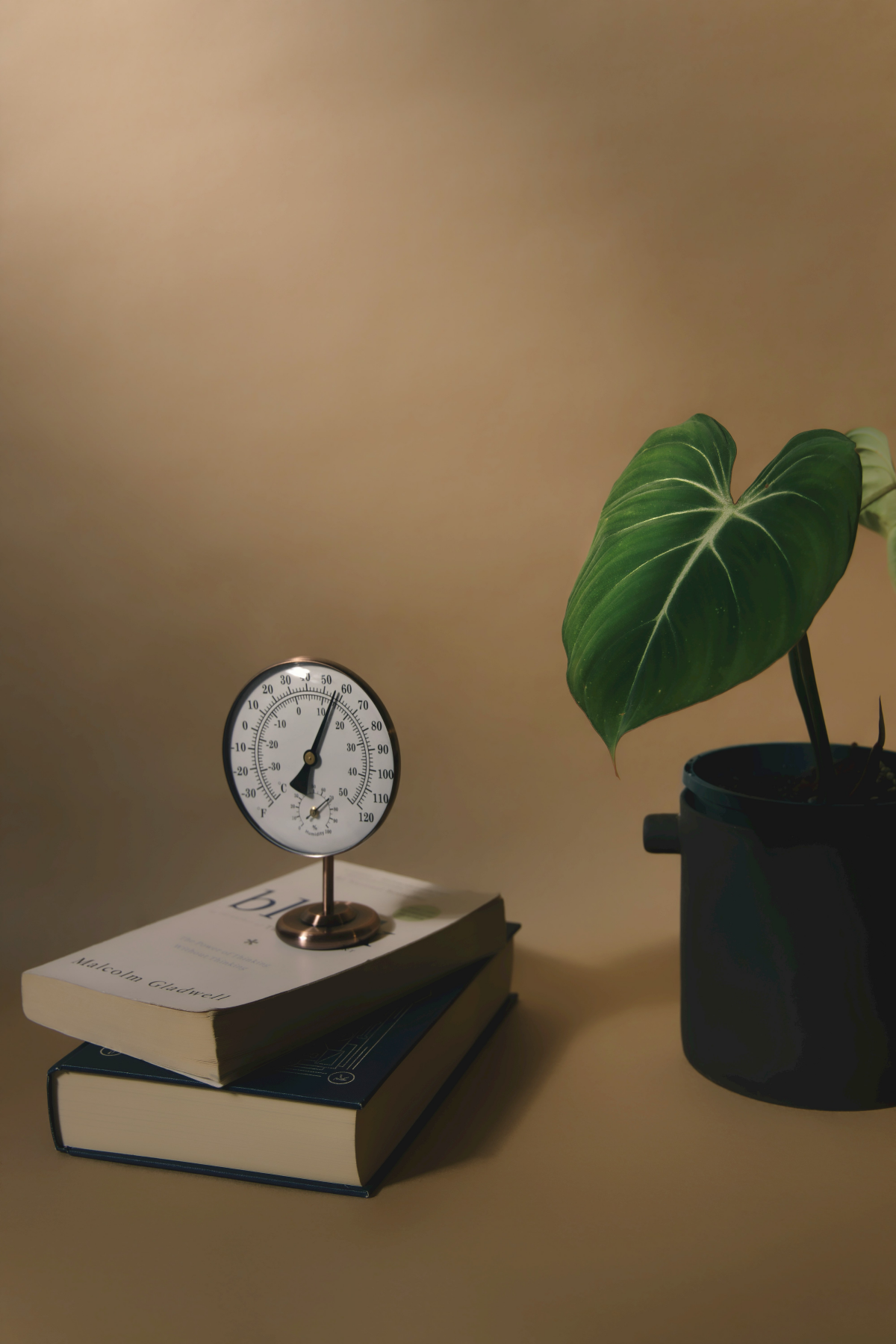
Feeding: This plant is not a heavy feeder. During the spring and summer when it’s actively growing, use a balanced liquid fertilizer (look for numbers like 10-10-10 on the bottle) diluted to half-strength. Feed it about once a month. In fall and winter, lay off the fertilizer completely.
Pruning for a Fuller, Happier Plant
Over time, the vines can get a bit long and leggy. Pruning is the solution! And don’t be scared—you are not hurting the plant. You’re actually encouraging it to become fuller and bushier. It’s like a haircut that promotes healthy new growth.
Just grab a clean pair of scissors, find a node (the little bump on the stem where a leaf grows), and cut about a quarter-inch above it. The plant will often sprout two new vines from that spot. And the best part? Don’t throw those cuttings away! They are incredibly easy to propagate.
The simplest way is to stick the cuttings in a jar of water, making sure at least one node is submerged. Change the water every few days, and in a couple of weeks, you’ll see new roots. Once the roots are a couple of inches long, you can plant them in soil. Voila, free plants!
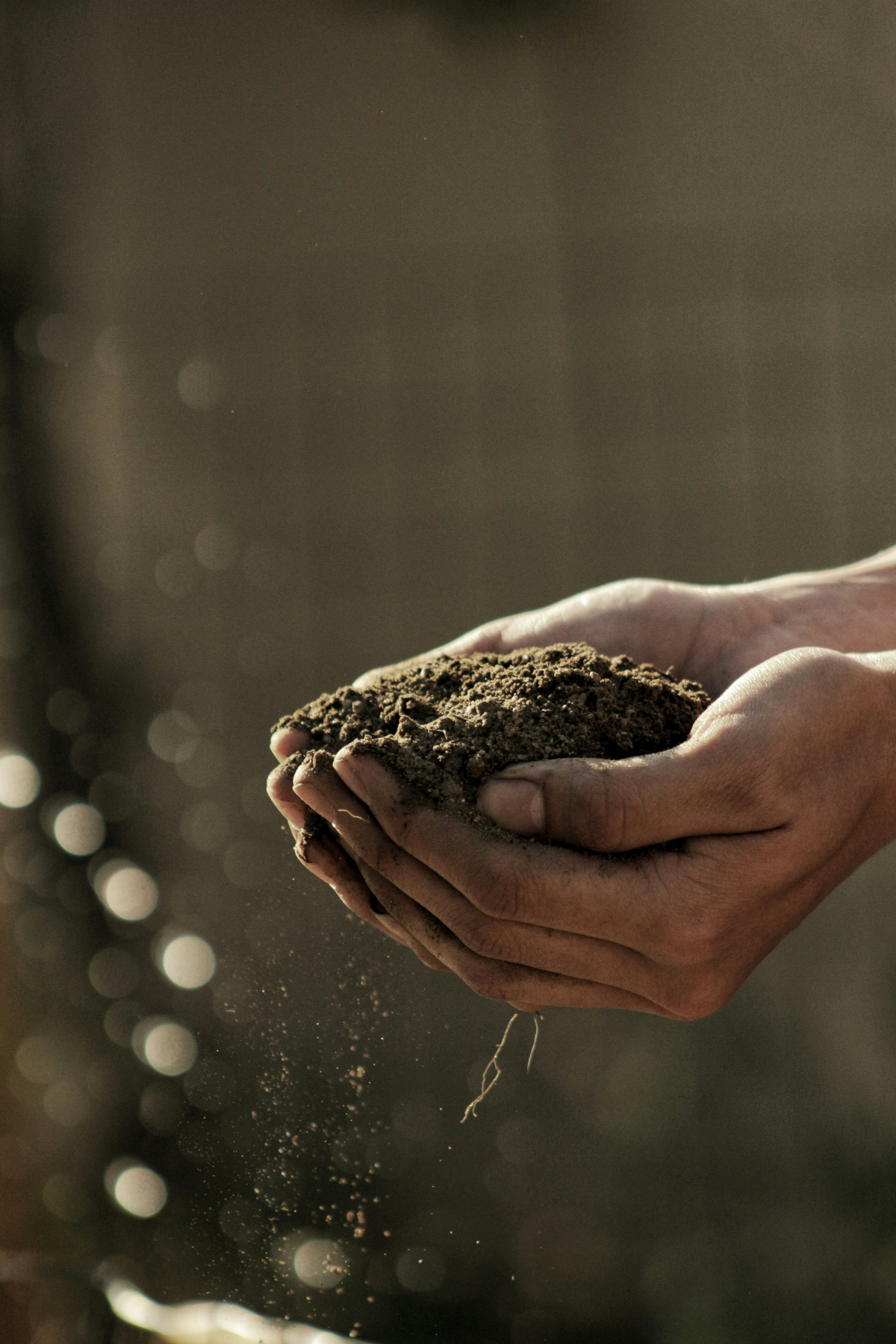
Quick Win for Today
Feeling overwhelmed? Here’s one thing you can do right now to make your plant happier. Take a damp paper towel and gently wipe the dust off each leaf. Not only will it look shinier and healthier, but clean leaves can absorb more light. It’s a 5-minute task with instant results.
Troubleshooting Common Issues
Even with the best care, things can go wrong. Here’s how to read the signs.
- Yellowing Leaves: If it’s just one or two older leaves, that’s normal. If it’s multiple leaves at once, it’s almost always overwatering. Check the soil, let it dry out completely, and ease up.
- Drooping Leaves: This one is confusing because it can mean two opposite things. Your best tool is your finger.
- If the soil is BONE DRY and the pot feels light: Your plant is thirsty! Give it a good, thorough watering right away.
- If the soil is SOGGY and heavy: The roots are suffocating and starting to rot. Stop watering immediately and let it dry out. You may need to check the roots for mushy brown spots.
- Brown, Crispy Edges: This usually points to dry air. These are tropical plants, after all. Misting, grouping it with other plants, or using a small humidifier can help.
- Unwanted Pests: They happen! Check under the leaves when you water. Mealybugs look like tiny bits of white cotton fuzz. You can wipe them off with a cotton swab dipped in rubbing alcohol. Spider mites are harder to see, but you’ll notice their fine, dusty webbing on the backs of leaves. A good spray-down in the shower can often dislodge them.
- Snip a vine, ensuring your cutting has at least one node (the small bump where a leaf meets the stem).
- Place the cutting in a glass of water, making sure the node is fully submerged but the leaves are out of the water.
- Change the water weekly and wait a few weeks for roots to appear. Once they’re about an inch long, you can plant it in soil!
- More vibrant splashes of yellow and lime.
- Fuller, more compact growth instead of long, sparse vines.
A Final Heads-Up: Safety First
This is super important, so heads up! Like all philodendrons, the ‘Brasil’ is toxic to pets and humans if ingested. It can cause irritation and swelling in the mouth and throat. It’s best to keep it on a shelf or in a hanging basket, safely out of reach of curious pets and small children.
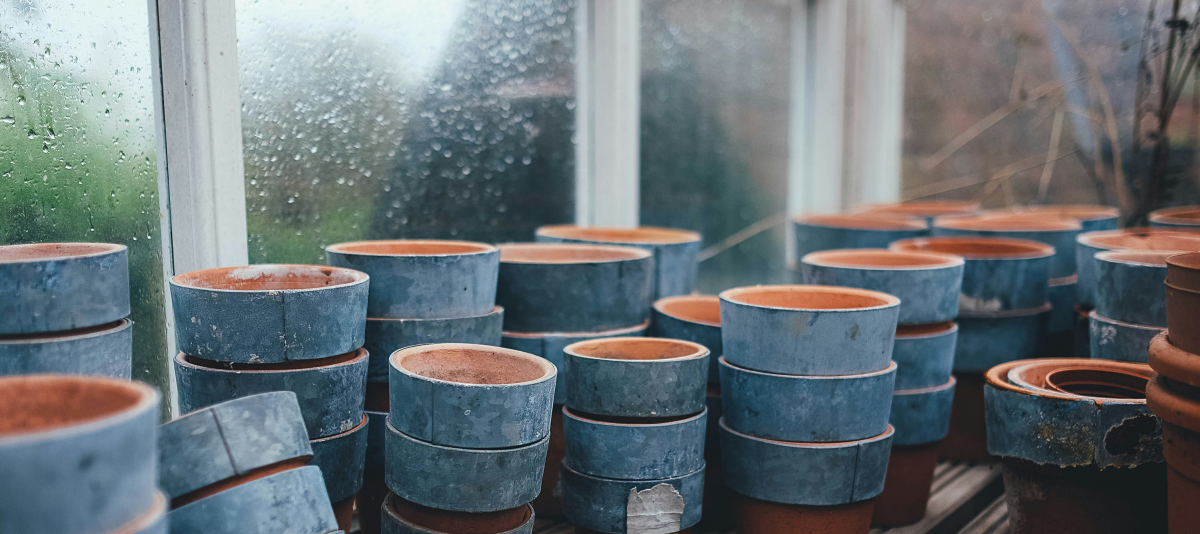
At the end of the day, the most important skill is just paying attention. Your plant will tell you what it needs. Don’t be discouraged if you make a mistake—every plant owner has. It’s all part of the fun and learning process!
Galerie d’inspiration
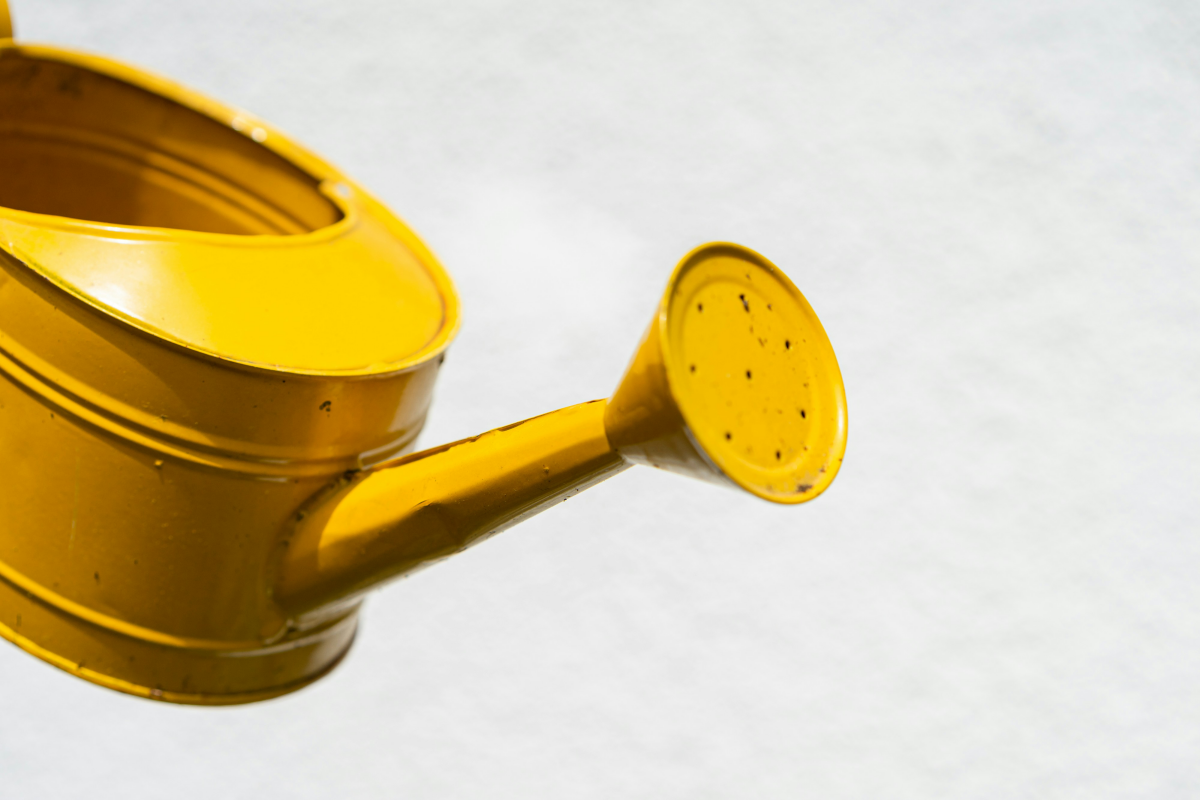
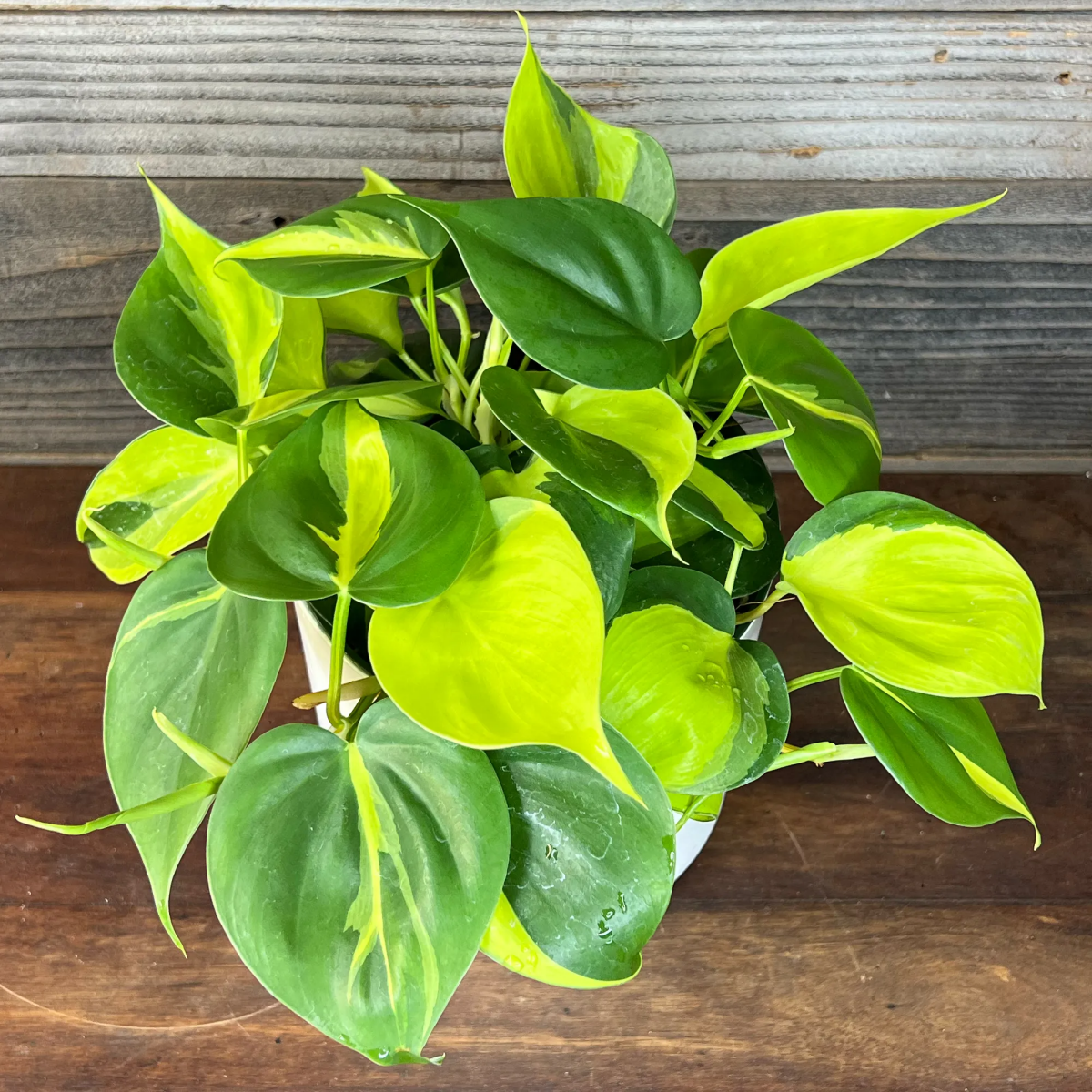
Does my Philodendron ‘Brasil’ need fertilizer to look its best?
Absolutely, but don’t overdo it! During the growing season (spring and summer), feed it every 4-6 weeks with a balanced liquid fertilizer, diluted to half-strength. A great, readily available option is Schultz Plant Food Plus (10-15-10). In fall and winter, let the plant rest and stop fertilizing to prevent weak, leggy growth and mineral buildup in the soil.
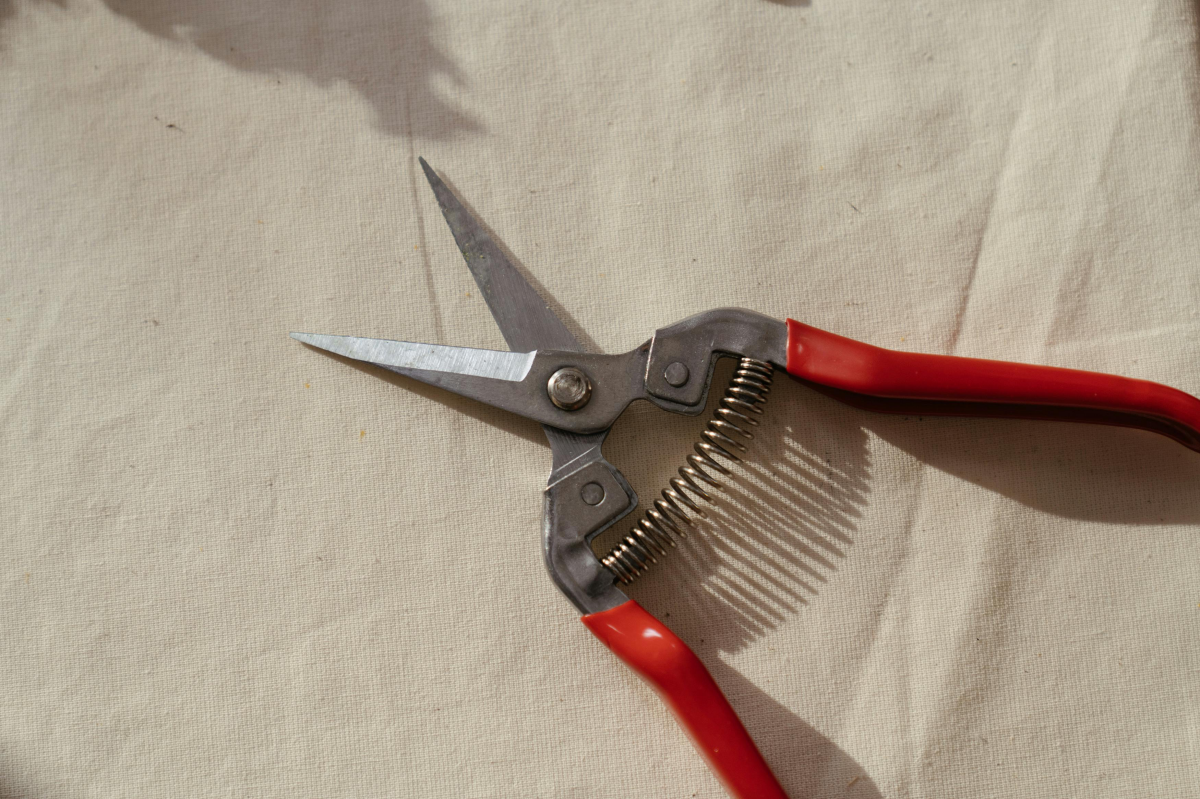
The Philodendron ‘Brasil’ contains insoluble calcium oxalate crystals, making it toxic to cats and dogs if ingested. – American Society for the Prevention of Cruelty to Animals (ASPCA)
This means that while it’s a stunning addition to your home, it’s crucial to place it out of reach of curious pets and small children. A high shelf or a hanging planter is the perfect solution to keep everyone safe while enjoying its cascading beauty.
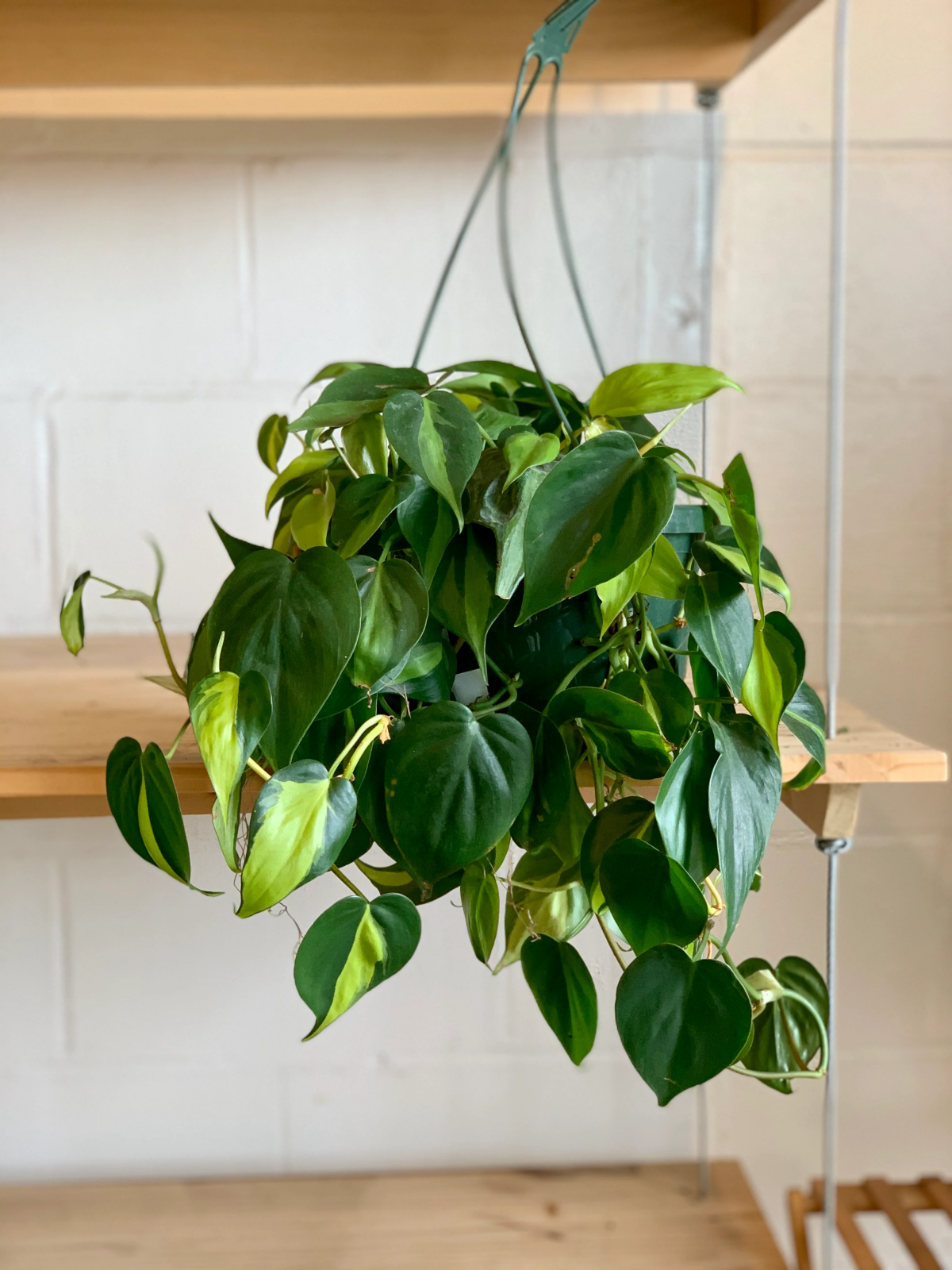
The Cascade: Let your ‘Brasil’ trail from a high shelf or a hanging basket. Its vines can grow several feet long, creating a living green waterfall that adds vertical interest to any room.
The Climb: Give it a moss pole or a simple trellis to cling to. As the plant climbs, its leaves often grow significantly larger, giving it a more mature and jungle-like appearance.
Both methods are beautiful; the choice simply depends on your space and style.
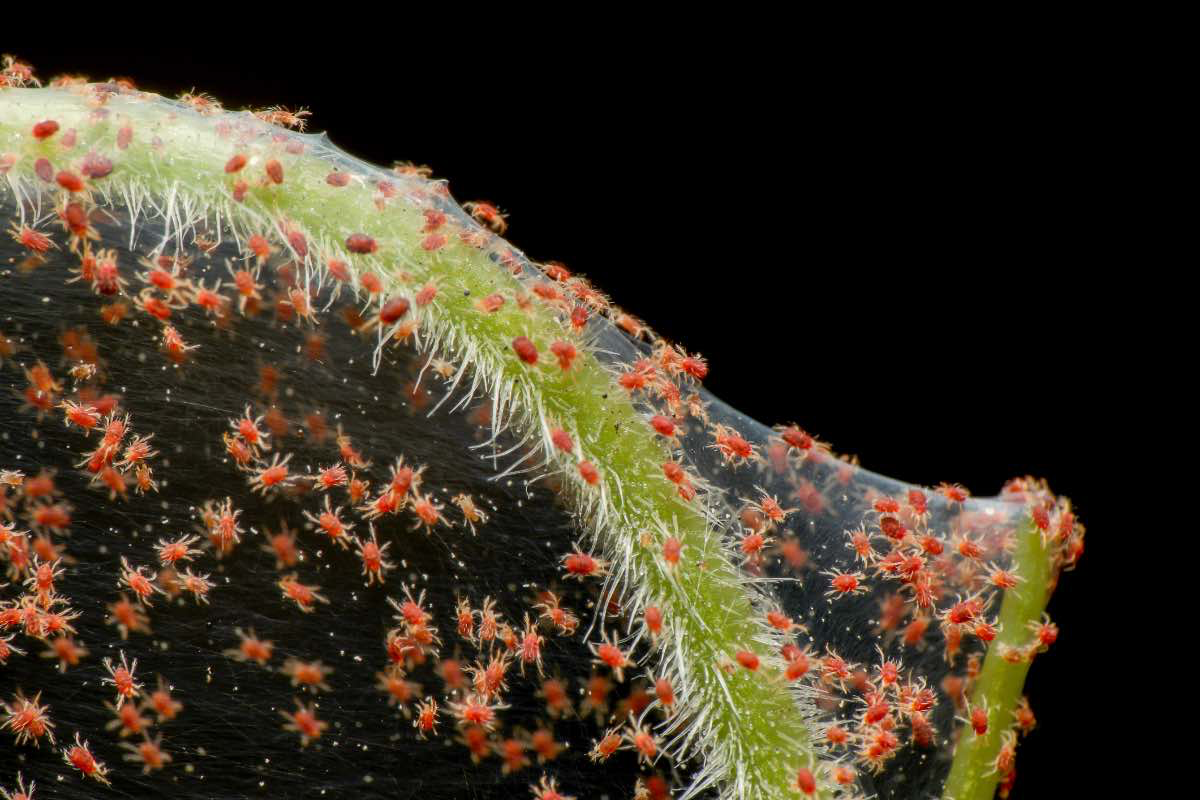
Want more ‘Brasil’ plants for free? Propagation is incredibly simple and rewarding.

The secret isn’t a special product; it’s a haircut! Regularly trimming the longer, less-variegated vines encourages the plant to branch out from its base. This not only keeps it looking tidy but also stimulates new growth, which is often more colorful when grown in proper light.
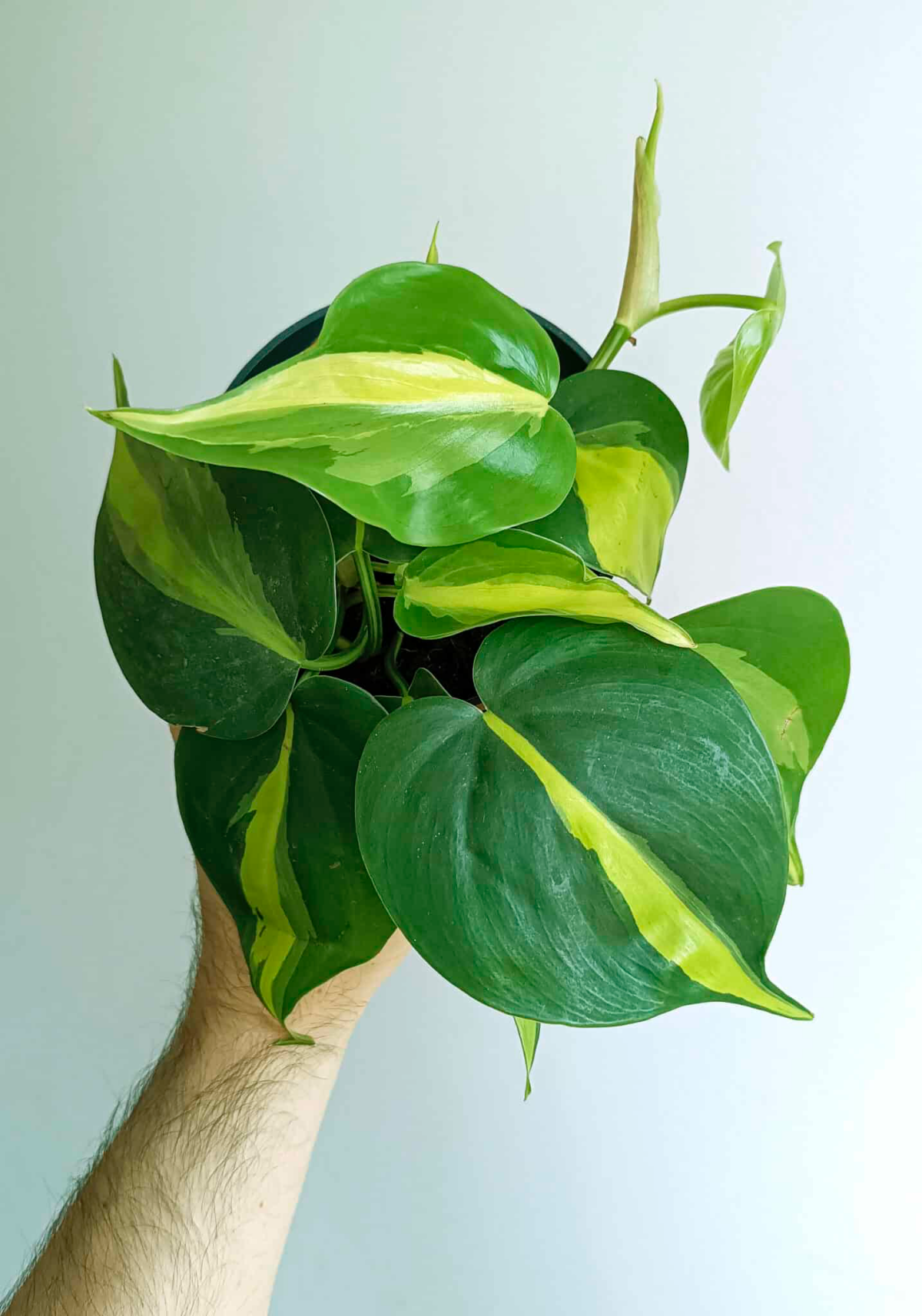
The biggest threat isn’t a disease; it’s tiny pests: Spider mites and mealybugs love to hide on the undersides of leaves. Check your plant weekly when you water! If you see fine webbing or tiny white cottony spots, act fast. A thorough spray-down with a ready-to-use insecticidal soap, like Bonide’s, can solve the problem before it becomes a full-blown infestation.
Your ‘Brasil’ isn’t overly fussy, but it can be sensitive to chemicals in tap water. If you notice brown, crispy leaf tips despite good care, try letting your water sit out overnight before using it. This allows dissolved minerals and chlorine to dissipate. For an extra treat, using filtered or rainwater will make it even happier.










